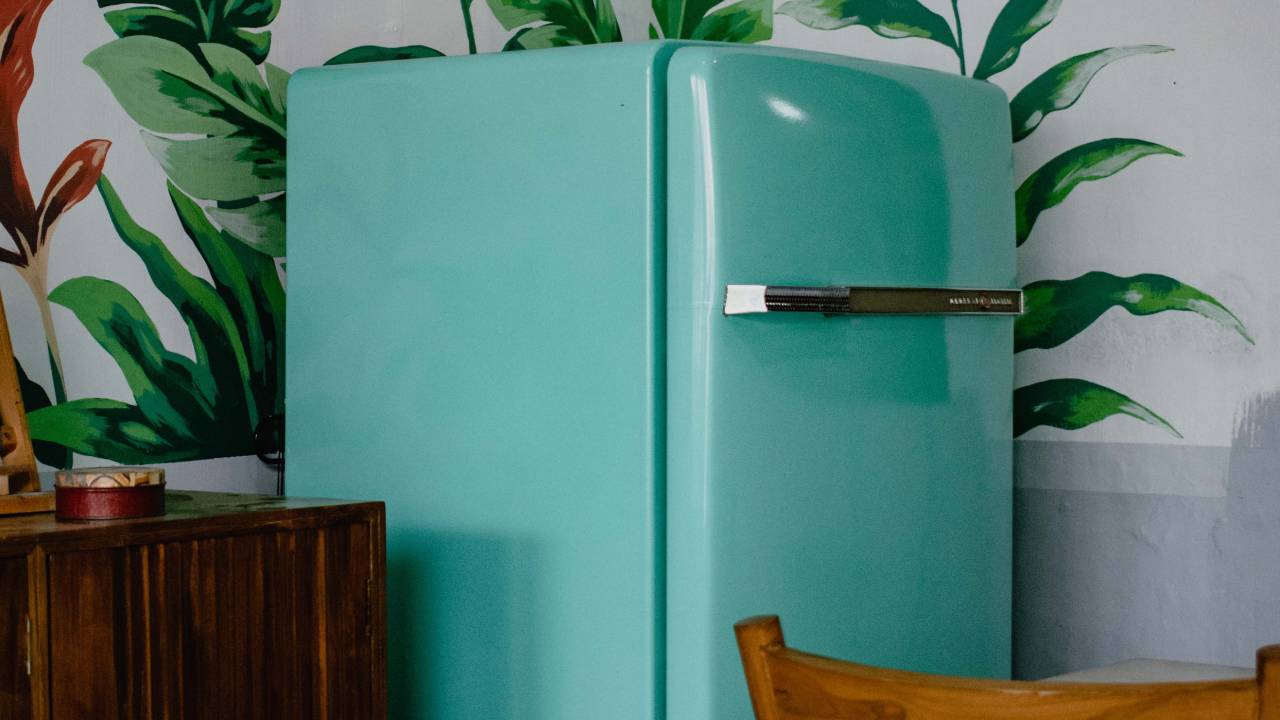
The best fridges are a kitchen necessity and they can tackle most preserving and chilling tasks you throw at it, from keeping your food fresh for longer to extending the life of your leftovers. But there are some foods that don’t do well with your fridges' cold temperatures, despite the temptation to cram all the produce from your weekly food shop onto its shelves.
The ideal temperature of your fridge should be between 3-5°C. While foods like raw meat, eggs and dairy are best kept in these conditions, there are 9 foods you should definitely avoid putting in your fridge so they taste better, last longer and don’t take up valuable shelf space. For more refrigeration tips, here are 3 mistakes everyone makes with their fridge freezer.
1. Bread
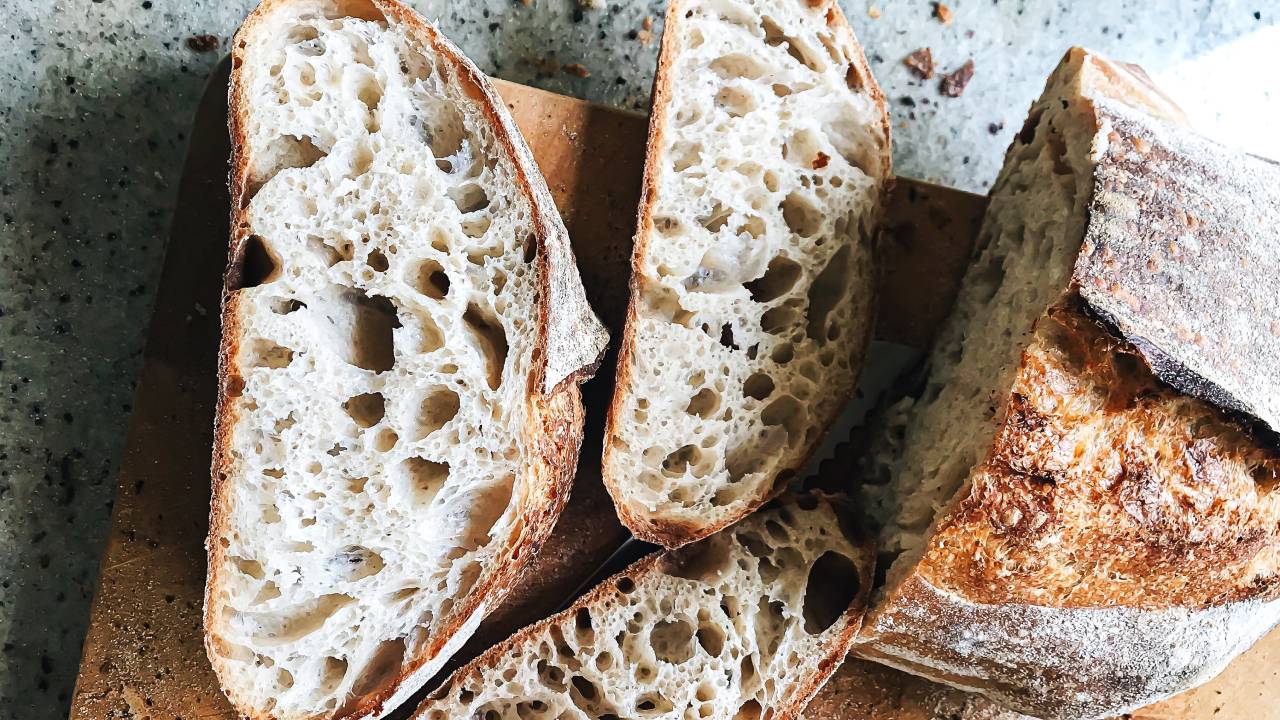
Loaves, bagels, rolls and baguettes should never be kept in the fridge. This might be controversial to some, but storing bread at cool temperatures causes the molecules in bread starch to recrystallise quickly, resulting in your loaves going stale, tough and chewy. To retain the moisture and freshness of bread, it should be stored at room temperature, preferably in a bread bin. If you’re worried about food waste, you can keep bread in the best freezer if you don’t think you’ll eat the entire loaf before the expiration date.
2. Onions
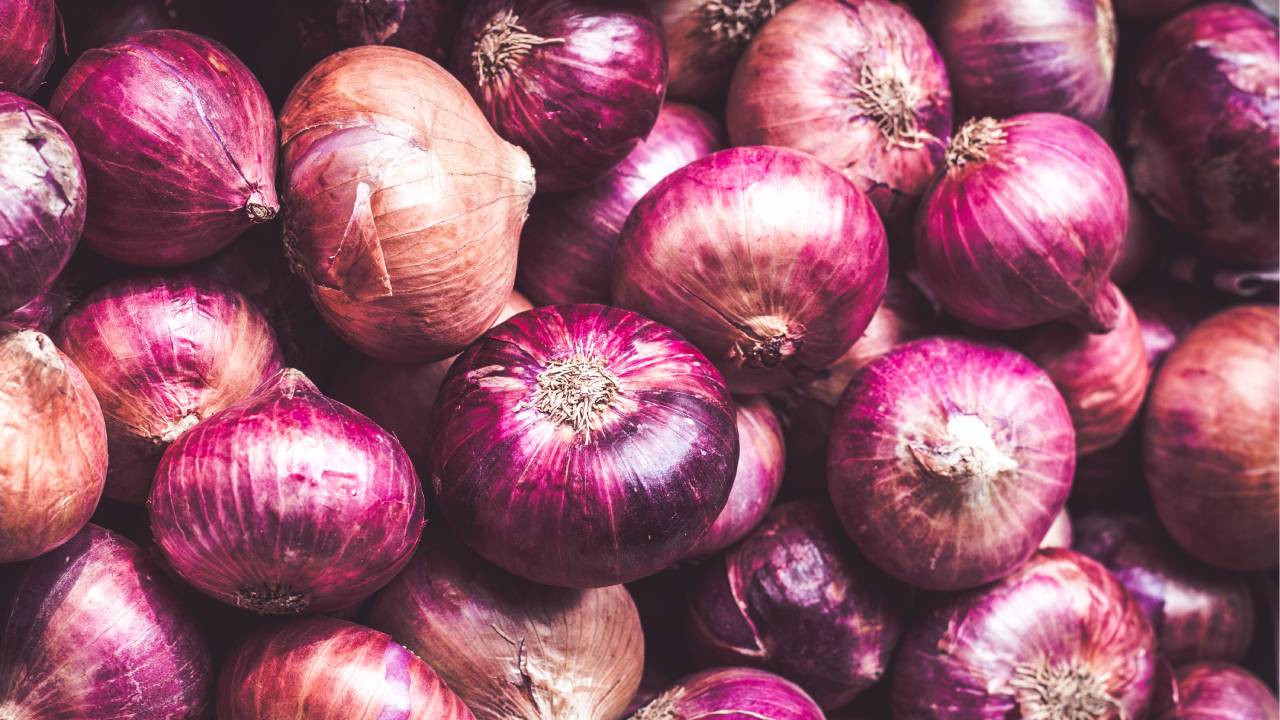
Onions are most commonly put in the fridge but they should actually be stored in a cool, dark and dry place. While a fridges’ vegetable drawer might sound like the ideal spot for onions, it’s actually the worst place they could be as the light and moisture in your fridge can lead to onions sprouting and going mouldy. If you don’t like the smell of onions, keeping them in the fridge will cause them to give off a stronger smell which can contaminate other food with its odour.
3. Garlic
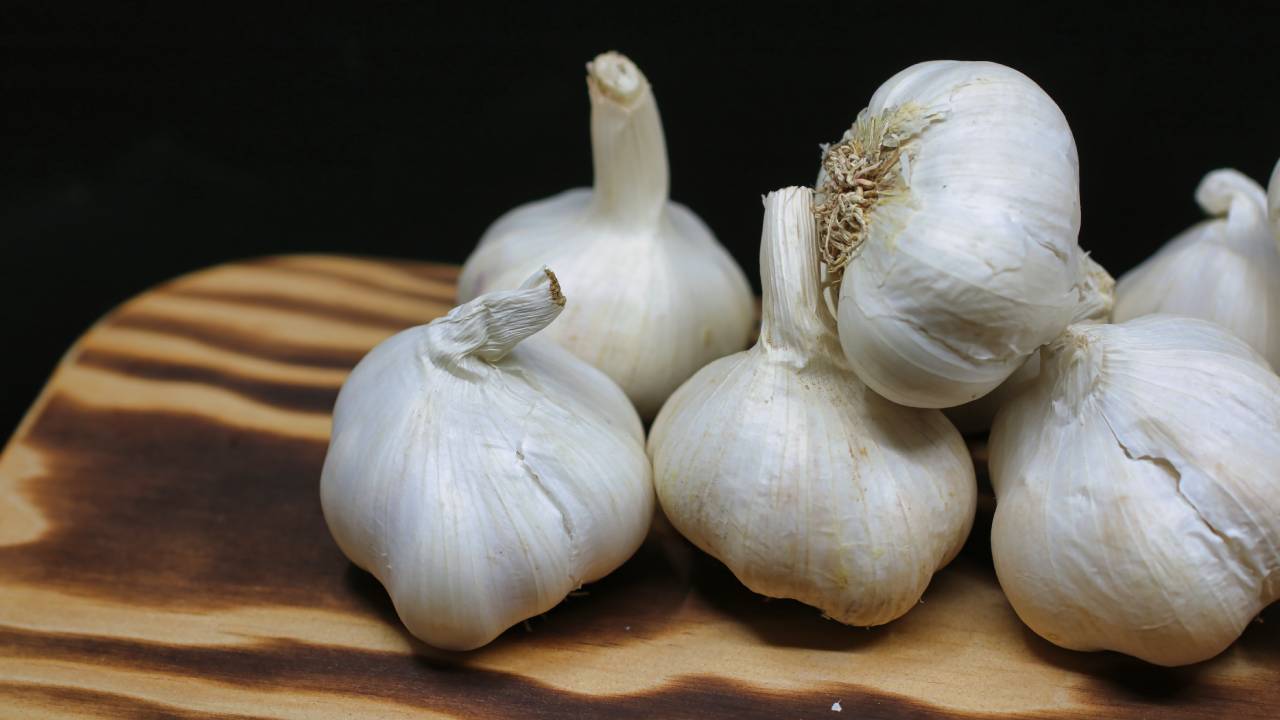
Another surprising food that shouldn’t be stored in the fridge is garlic. Can you store garlic in the fridge? Yes, but it can go off quicker when kept in there, which will affect its texture and cause it to go mouldy due to the fridges’ conditions. Like onions, garlic should be stored in a dry and ventilated area to avoid moisture getting in. Keeping garlic out of the fridge is also handy if you’re lacking fridge space – garlic bulbs don’t exactly take up a lot of space, but it could help if you’re catering for a lot of people.
4. Potatoes
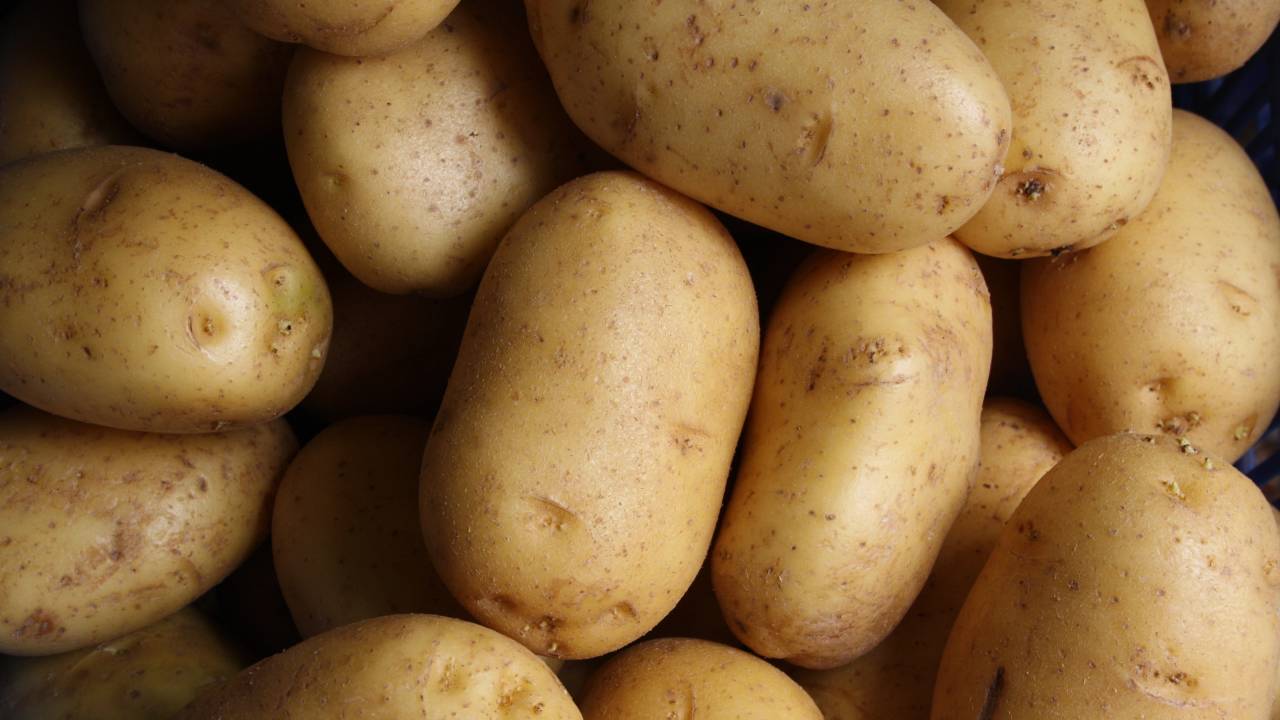
Uncooked potatoes should steer clear of your fridge and be stored in the cupboard. Both regular and sweet potatoes contain starch which can quickly turn to sugar in cold temperatures. This affects the texture and flavour of your potatoes, making them tougher and sweeter. It’s also important to consider what you’re storing your potatoes next to, as placing them next to onions will result in the onions’ fumes accelerating the potatoes’ sprouting. Keep in mind, though, that cooked potatoes can be stored in your fridge for several days.
5. Tomatoes
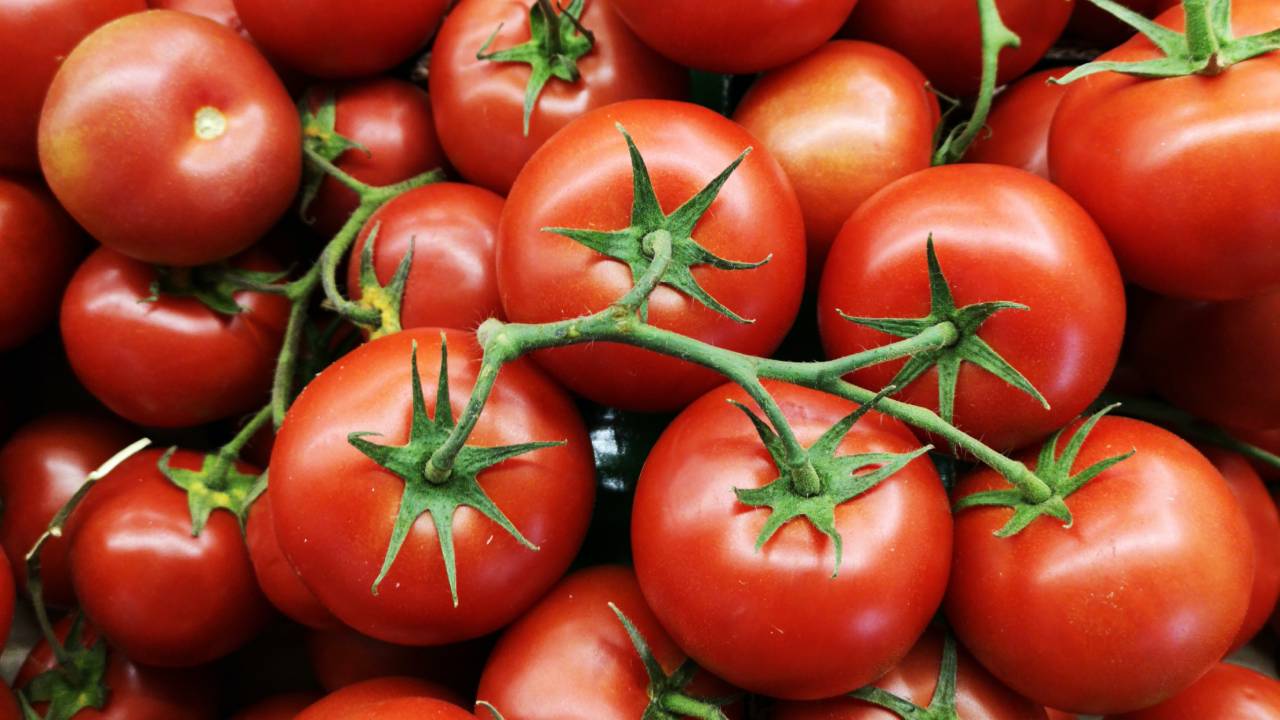
It seems like tomatoes would be an ideal food to keep in the fridge, but it turns out they’re not. This is because a fridge’s temperature stops the ripening of tomatoes which impacts their taste and texture. A cold tomato tends to taste more watery than a room-temperature tomato, so they’re better off on your kitchen counter. If you don’t have much counter space though, you can store tomatoes in your fridge but you should allow them to come to room temperature before you eat them.
6. Avocado
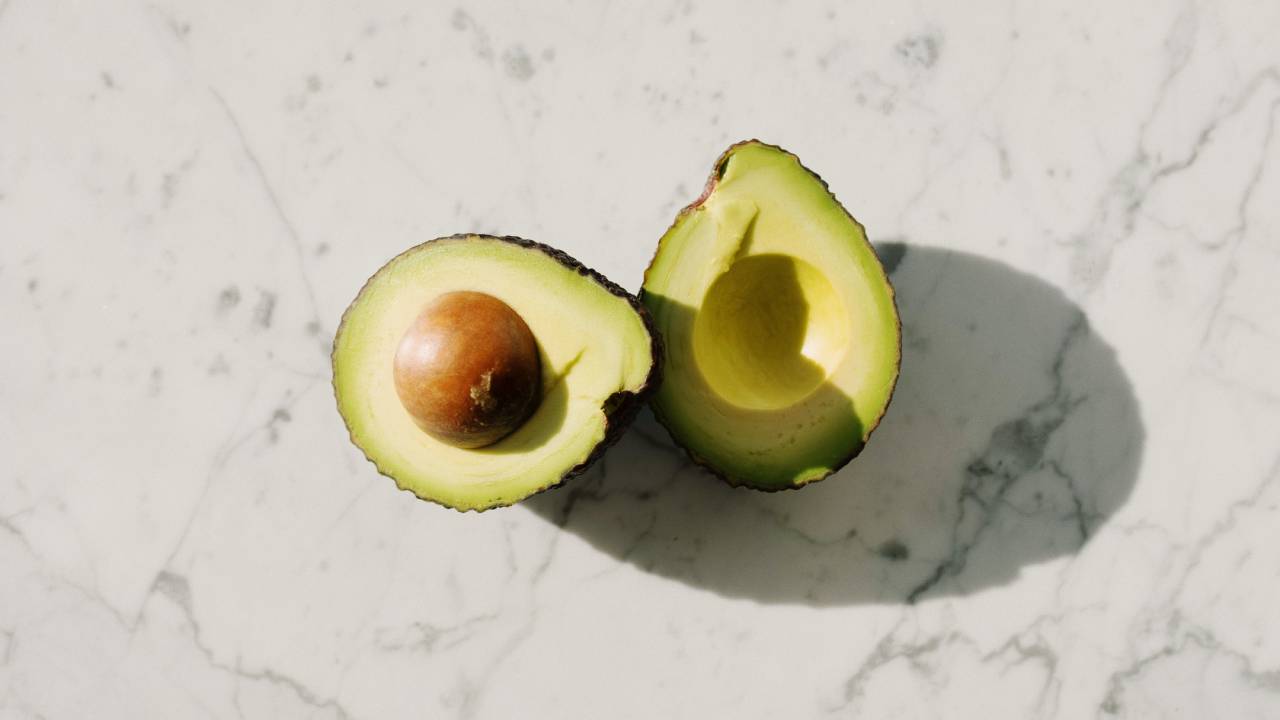
Similar to tomatoes, the cold of the fridge stops avocados from ripening. Avocados can be tricky and it feels like you’re always waiting for them to ripen before they quickly turn brown. To speed up the ripening process, you should leave avocados out of the fridge. Once your avocado is ripe, make sure you store the other half of the avocado or the guacamole you haven’t eaten in the fridge to keep it fresh. This should also prevent the avocado from going bad quicker, too.
7. Bananas
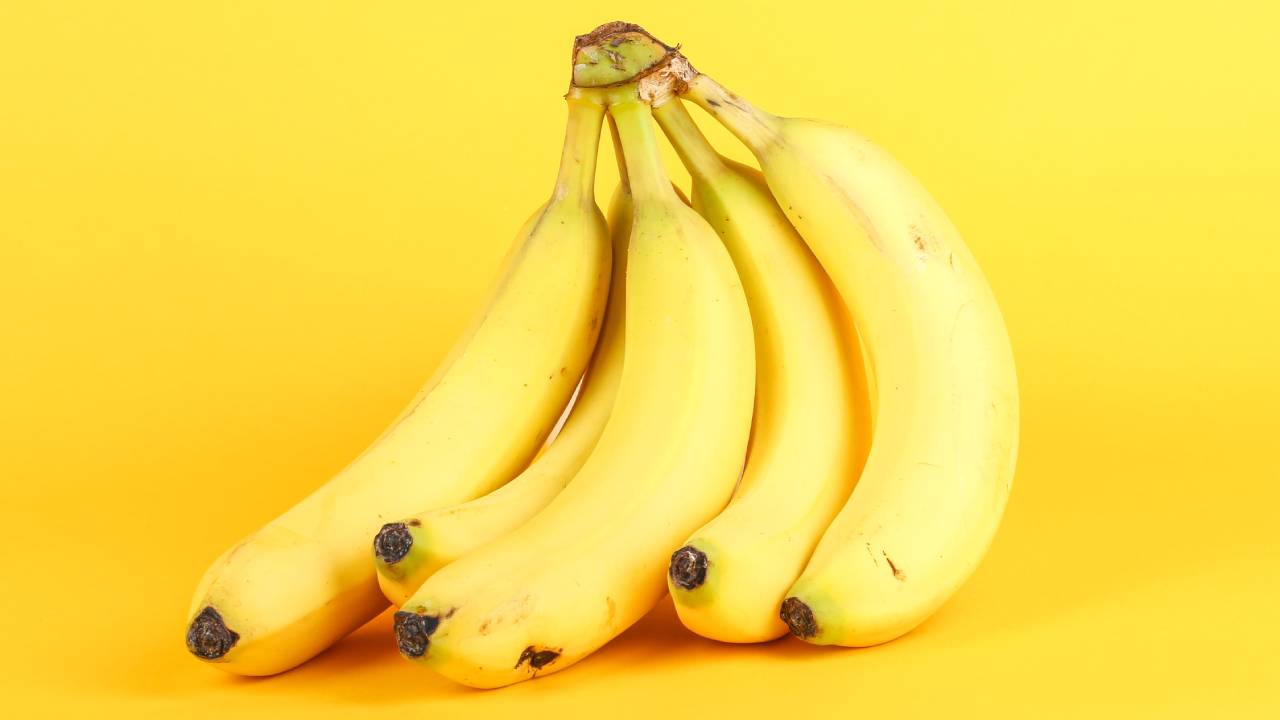
Another fruit that shouldn’t go in the fridge is bananas. Just like tomatoes and avocados, bananas ripen at room temperature so putting them in the fridge will prevent them from ripening, leaving you with an almost crunchy texture. Instead, put your bananas in a fruit bowl and once they’re ripe (you can tell this by the yellow speckled peel), you can eat them or place them in the fridge so they don’t get overly ripe or go off.
8. Berries
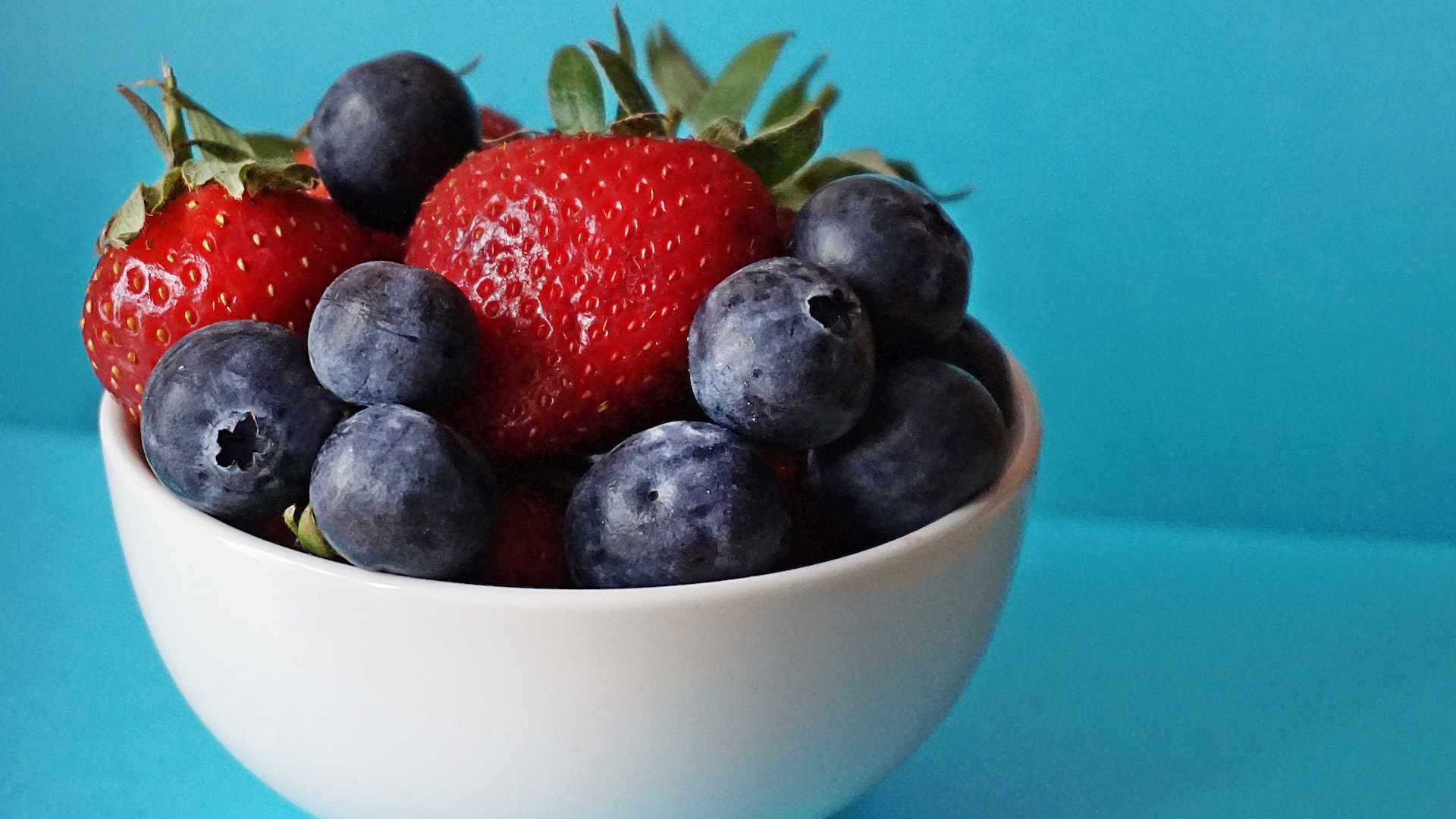
In general, berries like strawberries and raspberries taste better when served at room temperature. Not only this, but berries can easily soak up moisture from cold temperatures which causes them to grow mould or lose their sweetness quickly. For long-term storage, you can keep them in the fridge to prolong their shelf life but leave them to come to room temperature before you eat them so they taste better.
9. Anything that’s been preserved
For better fridge space, food that’s been preserved with vinegar or any kind of acidity doesn’t need to go in the fridge. Condiments like honey, hot sauce and ketchup have natural preservatives and acidity in them which keeps them stable and fresh without the need for cold storing. Foods that have been pickled like gherkins, onions or beetroot are also kept stable due to the vinegar they’re sitting in. Like most foods on this list, once you’ve opened something that’s been preserved by liquid or acidity, they should go in the fridge but they don’t need to start off in the fridge, especially if you’re lacking shelf space.







